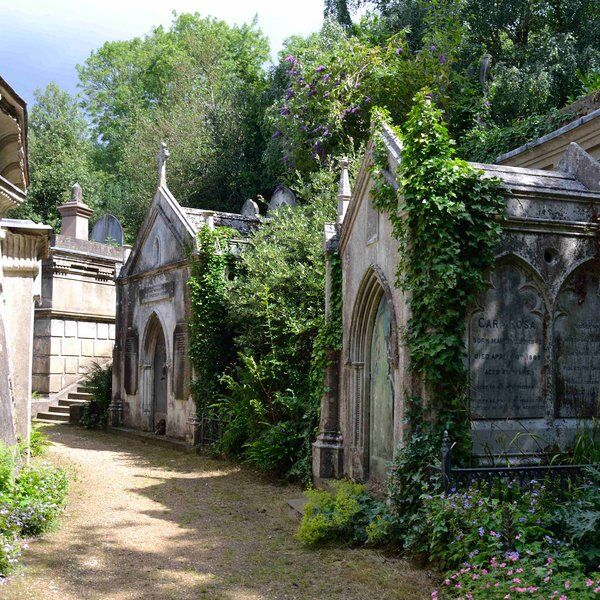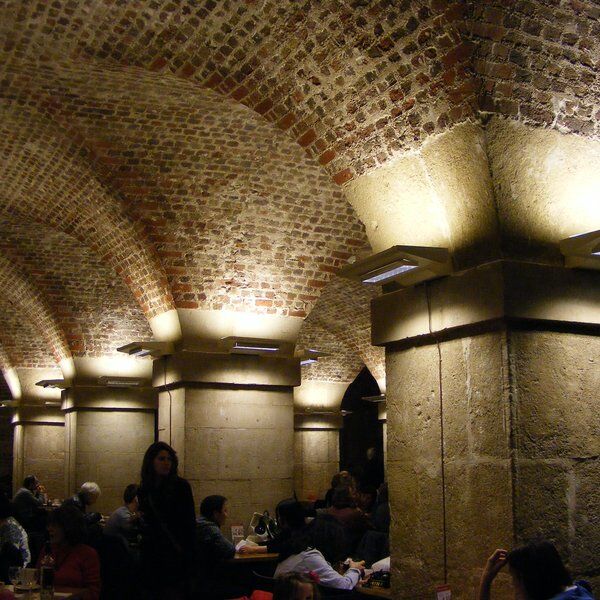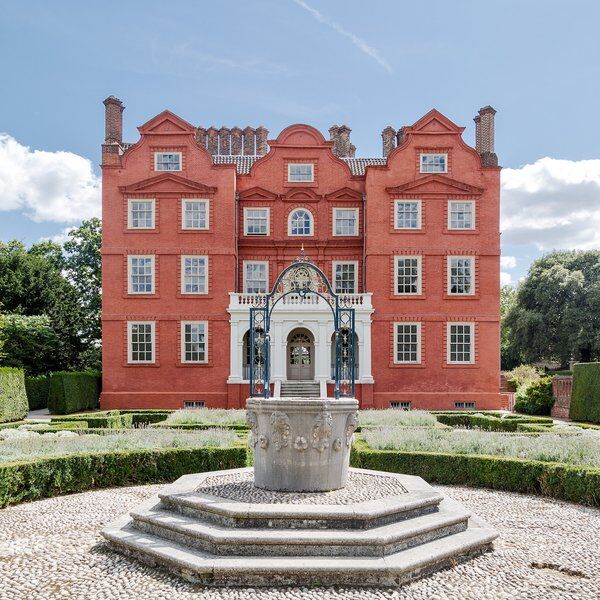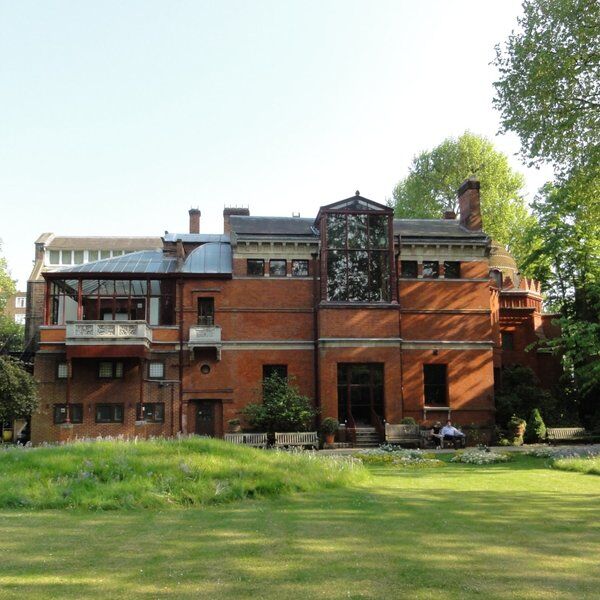
The Origins Of Greenwich Park
Today Greenwich Park is a large, open public park in east London, just south of the River Thames. It wasn't always this way however. The land on which it is built was a riverside settlement in Roman times and after this became a burial ground for the Anglo Saxons. Evidence of this can still be seen today in the form of Roman ruins and Saxon burial mounds.
Until 1427 it was owned by St Peter's Abbey, Ghent. It was then claimed by King Henry VI and began steadily to develop towards its current state. Henry used the area, which was mostly heathland, for hawking and in general did little to improve it, although he did have a house built by the river, Bella Court (later the Palace of Placentia), and a small castle built on a hill in the centre.
The 16th century saw deer added to the park by Henry VIII for hunting. In the early 17th century a perimeter wall was built around the park on command of James I, making it the oldest enclosed royal park. James also had what might be the first modern ice house added in 1619. It wasn't until the latter half of the 17th century however that the park really started to take shape.
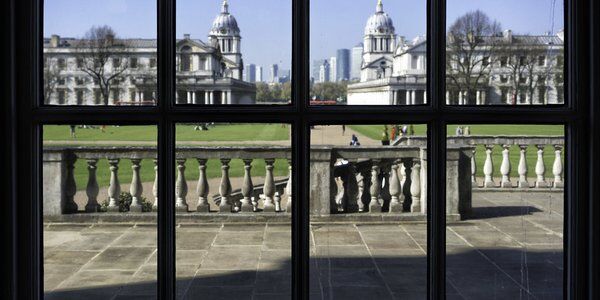
A Greenwich Park To Rival Versailles
After ascending to the throne in 1660, Charles II decided to create a palace greater than that of Europe's other royal houses. Evidence suggests that he hired André Le Noté , architect of the Palace of Versailles, to landscape the park. Unfortunately the project ran out of money before it could be completed. Despite this the park was changed forever by, amongst other things, the addition of its most famous feature: The Royal Observatory.
The Royal Observatory
First proposed in 1674, the Royal Observatory was designed by Sir Christopher Wren and then completed in 1675 on the site of the then defunct Greenwich Castle. It originally housed only the astronomer royal, his assistant and family but grew, over the years, to be something of an institution.
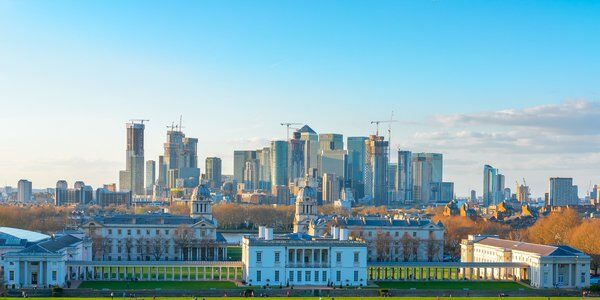
Modern Time Is Born In Greenwich Park
Much of Britain's power at the time was derived from its navy. The navy in turn relied on astronomy for navigation. As such, the Royal Observatory was a key part of the British Empire and one of the leading observatories in the world. Many geographical and astronomical terms were born there, none more famous than Greenwich Mean Time.
The Greenwich Meridian (lines connecting all points on the same longitude, or in other words the vertical lines on maps of the world) having been adopted as the world's 'Prime Meridian' in 1851, it was only natural that time be standardised around this line. Greenwich Mean Time- which was until 1954 based on celestial observations made at the Royal Observatory- was renamed 'Universal Time' in 1935 and is to this day used by much of the world to define global time zones.
Greenwich Park In The 18th And 19th Centuries
In the 18th century the public were granted access to the park for the first time. It had by this point become, in the words of Samuel Johnson, inventor of the dictionary, a 'fine' place.
The 19th century saw controversy when, in the 1830s, a railway through it was proposed. This idea was met with intense opposition and eventually put to bed. A cut and cover underground tunnel was later added on the north side however, as well as, in 1888, the park's very own station. This did not receive the expected traffic, many people opting to use the nearby Greenwich station instead, and closed in 1917.
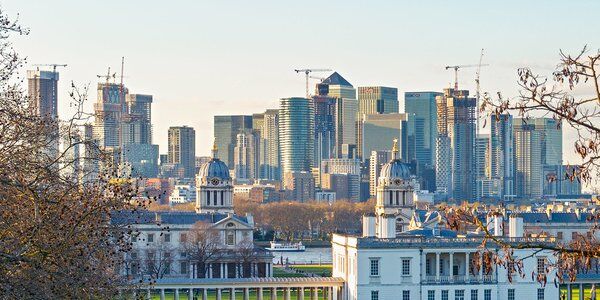
Greenwich Park Into The Modern Day
The park today is a beautiful green space in south-east London. On its northern edge, by the river, a cluster of stunning historic buildings can be found. Bella House/The Palace of Placentia has now been split into Queen's House, Greenwich Hospital and the Old Royal Naval College. Of these, the Old Royal Naval College is particularly worth a visit if only to see the stunning Painted Hall. A little further in, the National Maritime Museum can also be found and features many great exhibits that are free to visit. On the east side of the park is the early 18th century Vanbrugh Castle and in the south-west corner is the grand Georgian Ranger's House.
The park also features a children's playground, a boating lake and an orchard and herb garden in the north-east corner, close to Maze Hill station. Its upper level boasts flower gardens, a duck pond, a rose garden, a cricket pitch, several 17th century chestnut trees, tennis courts, sweeping views of Canary Wharf and a bandstand, along with a small deer park, Roman remains and an ancient oak (Queen Elizabeth's oak): echoes of the park's long history.
The park has three cafes serving food and drink: Pavilion Café, an octagonal building next to the Royal Observatory that's open in the daytime year round; The White House Café, located at St Mary's Gate Lodge next to Greenwich village, open 10:00-17:00 between Easter and the end of October; and Park View Coffee Cabin, a kiosk with seating open all year 09:30-17:00.
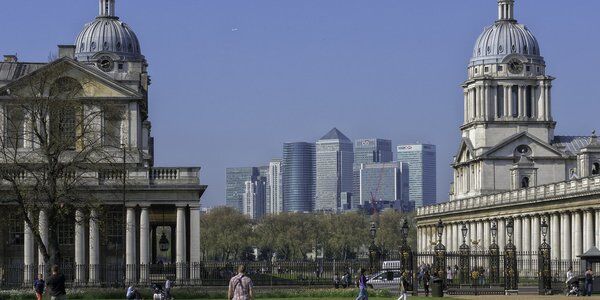
Visiting Greenwich Park
The park can be reached via the Thames Link south western railway, getting off at Maze Hill; the 108, 129, 188, 335 and 422 bus routes, getting off at Trafalgar Rd/Maze Hill; the DLR underground service, getting off at Cutty Sark (which, whilst you are there you should also check out the eponymous Cutty Sark, a restored 150 year old sailing boat that, together with the rest of Maritime Greenwich, has been named a UNESCO World Heritage site!); and the Uber Boat, getting off at Greenwich pier.
Pay and display parking is available on the main roads exiting towards Blackheath but can fill up quickly. Get down early if you want to guarantee a spot!
Greenwich Park Opening Hours:
Park: 06:00-19:00 (daily)
Royal Observatory: 10:00-17:00 (daily)
Queen's House: 10:00-17:00 (daily)
National Maritime Museum: 10:00-17:00 (daily)
Entrance to the National Maritime Museum and Queen's House are free, except for special events and exhibitions. Tickets to the Royal Observatory cost £16 for an adult and £8 for a child. They can be booked here.++
Interested in finding more places like this? Try one of our Treasure Hunts in London - untangle cryptic clues as a team, as you are taken on a journey to the most unique, unusual and bizarre corners of London.
Or find out more about great London parks in our articles on Brown Hart Gardens, St Dunstan-in-the-East and Barbican Conservatory.








